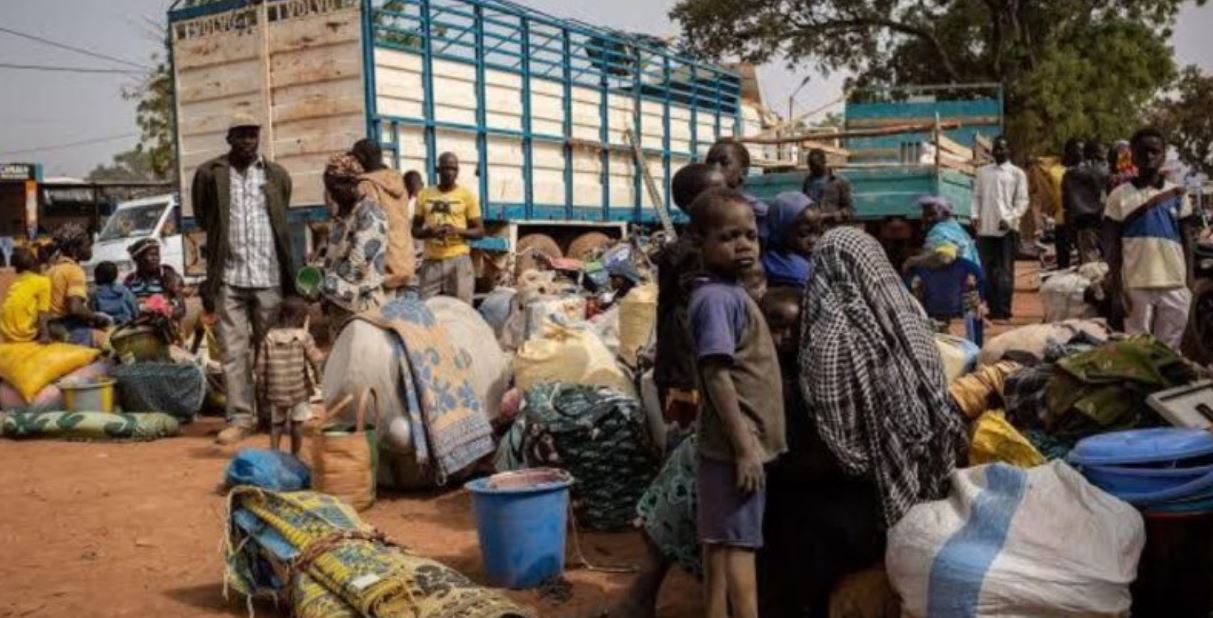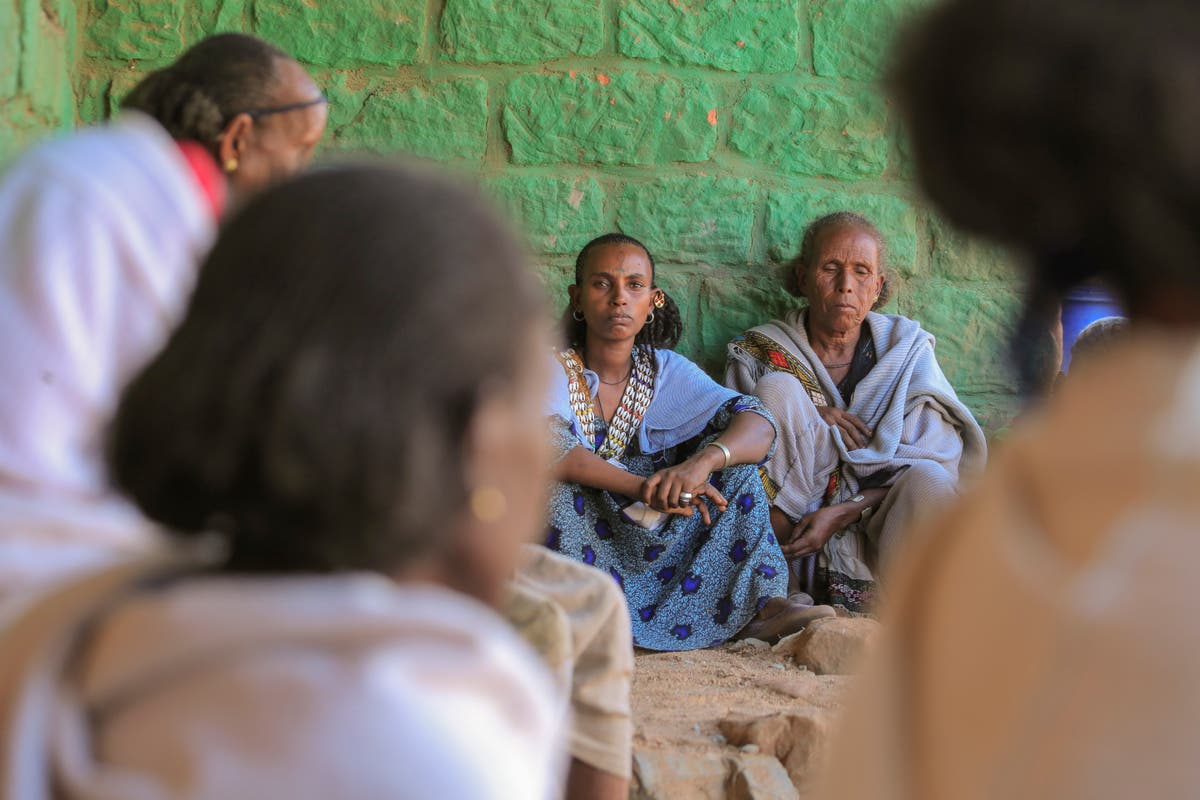
Ethiopia's Tigray region is now peaceful, but extreme hunger afflicts its children
The IndependentFor free real time breaking news alerts sent straight to your inbox sign up to our breaking news emails Sign up to our free breaking news emails Sign up to our free breaking news emails SIGN UP I would like to be emailed about offers, events and updates from The Independent. Another with 1-year-old twins said she needed sachets of baby food to keep “my babies alive.” Tigray is now peaceful but war’s effects linger, compounded by drought and a level of aid mismanagement that caused the U.N. and the U.S. to temporarily suspend deliveries last year. Persistent insecurity meant only 49% of Tigray’s farmland was planted during the main planting season last year, according to an assessment by U.N. agencies, NGOs and the regional authorities, and seen by the AP. The poor harvest prompted Tigray’s authorities to warn of an “unfolding famine” that could match the famine of 1984-5, which killed hundreds of thousands of people across northern Ethiopia, unless the aid response was scaled up. Haile Gebre Kirstos, 70, continued to plough his parched land and plant sorghum in a village in Messebo, although rain fell “only two days during the last rainy season,” he said.
History of this topic

Spotlight on Sudan: the world’s worst displacement crisis
The Independent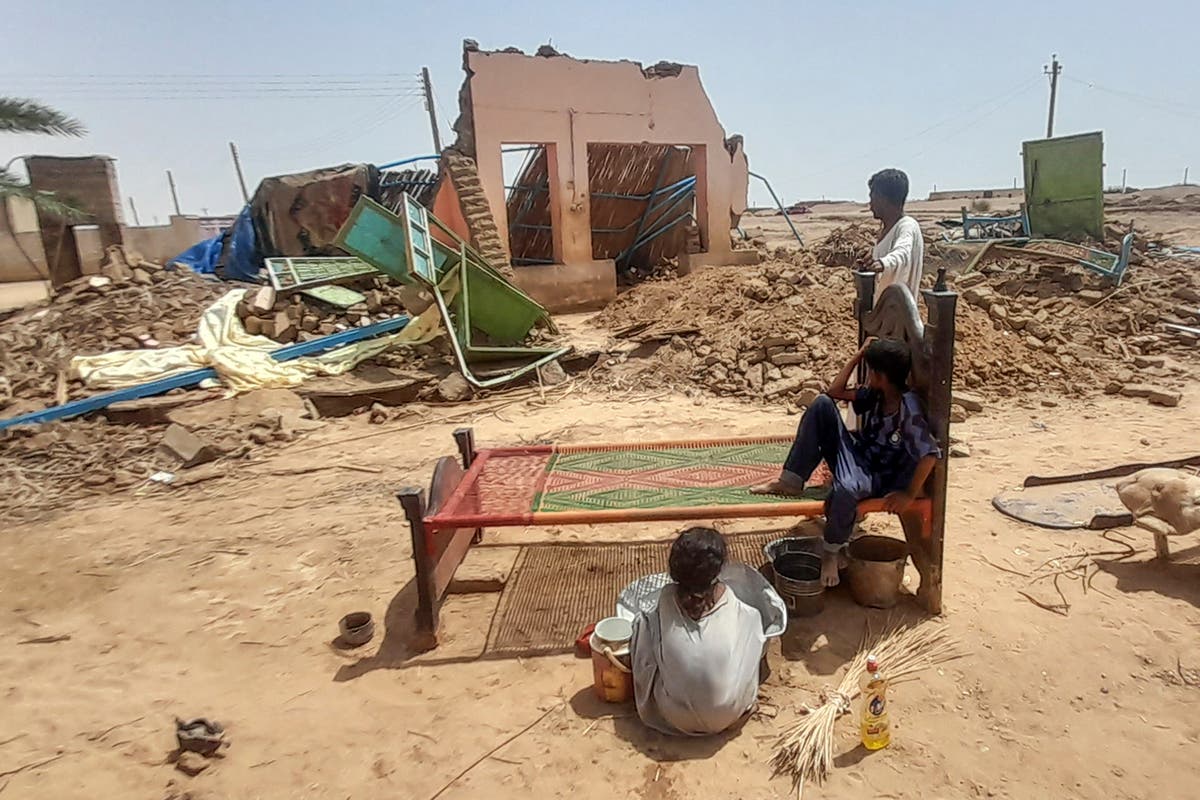
UN and US say food is on its way to a famine-stricken camp in Sudan
The Independent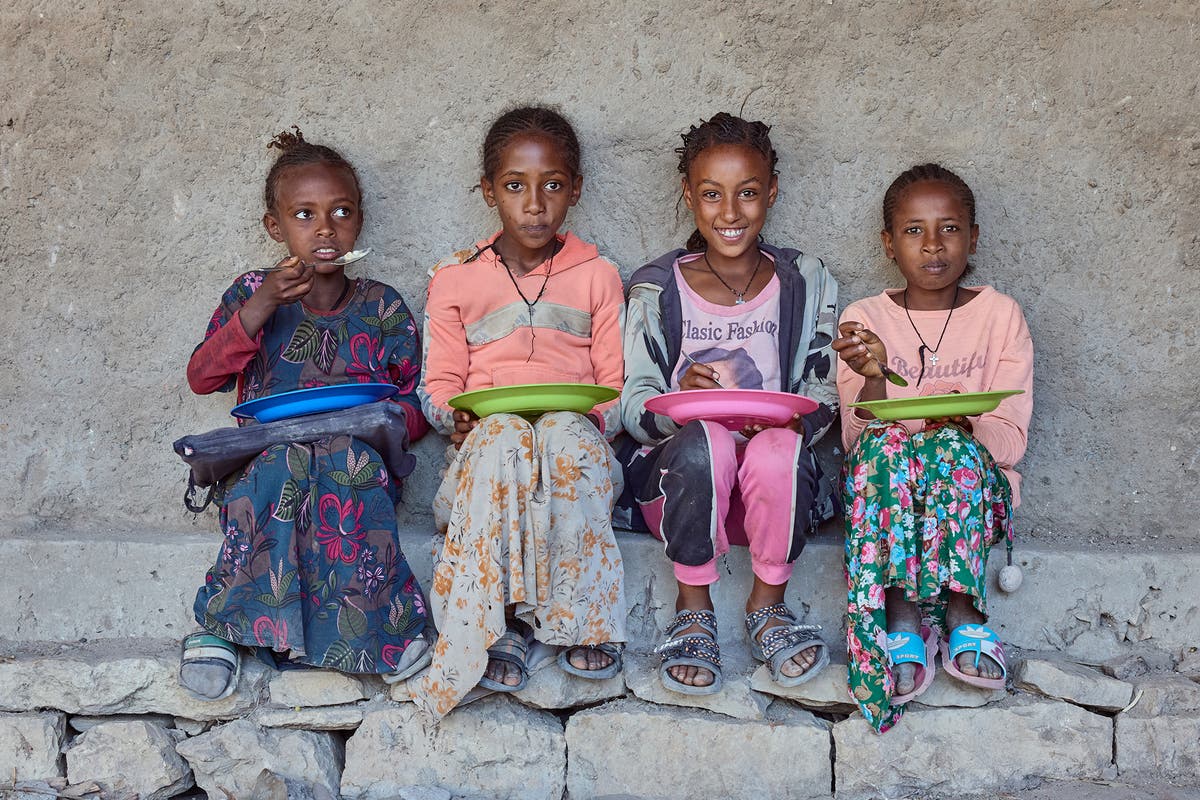
Ethiopia’s cry for food falls on the world’s deaf ears
The IndependentSudan is on course to become the world’s worst hunger crisis, with children already dying, UN says
Associated Press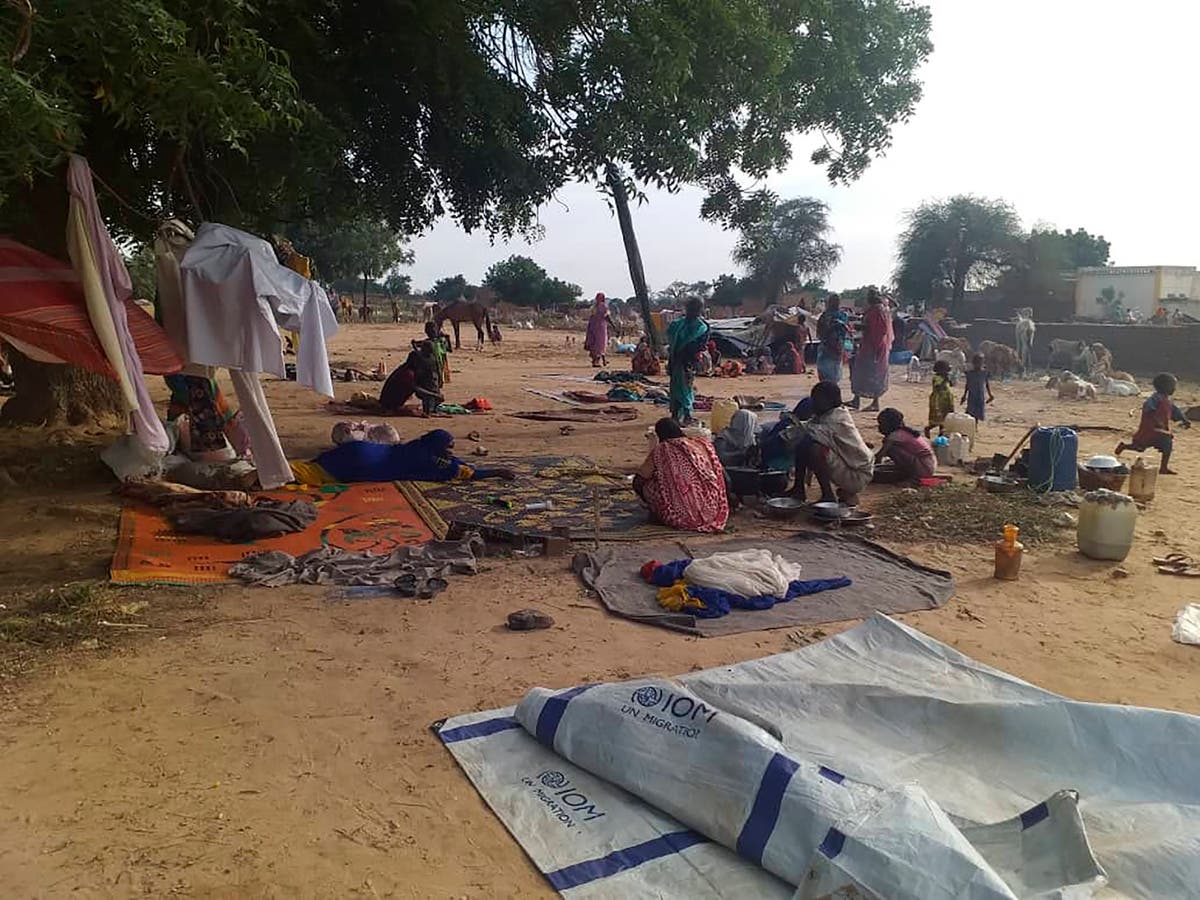
Sudan is on course to become the world's worst hunger crisis, with children already dying, UN says
The Independent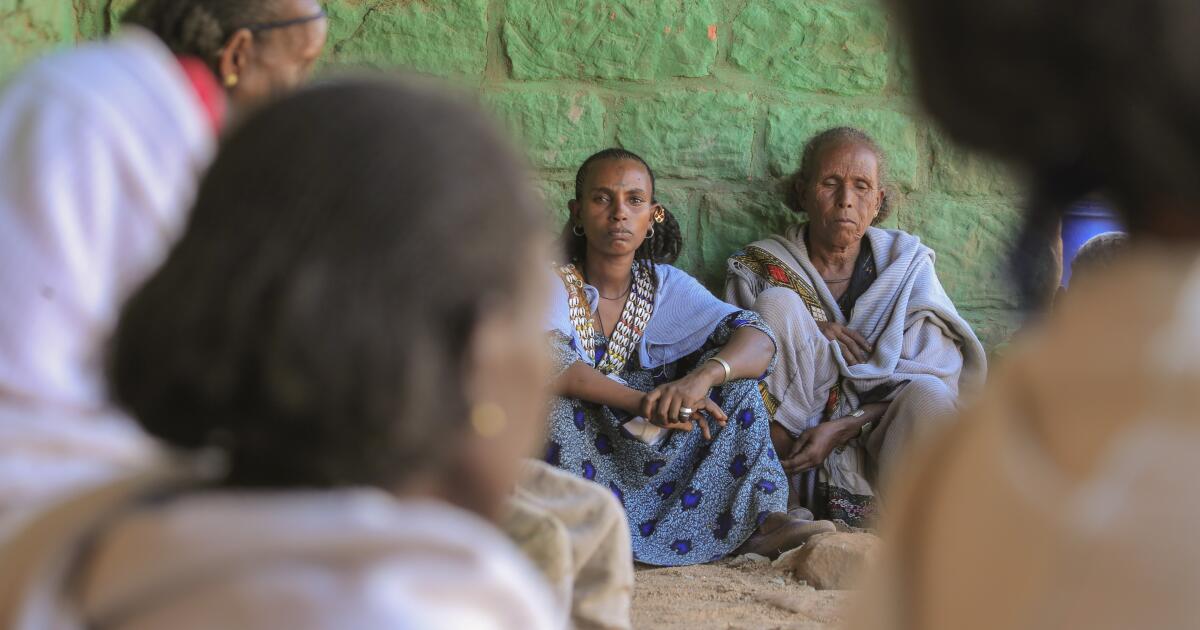
Ethiopia’s Tigray region is now peaceful, but extreme hunger afflicts its children
LA Times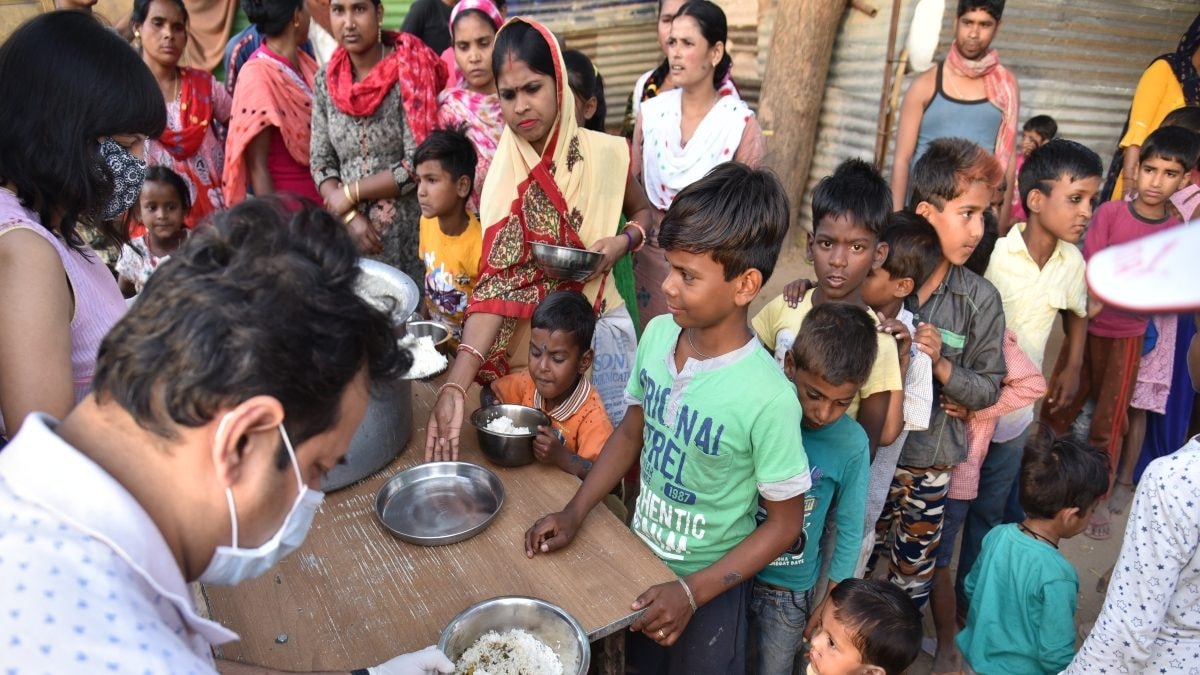
Ethiopia's Tigray Region is Now Peaceful, but Extreme Hunger Afflicts Its Children
News 18Ethiopia’s Tigray region is now peaceful, but extreme hunger afflicts its children
Associated PressWorld Food Program says its ramping up aid to reach 3 million Ethiopians. Millions more are in need
Associated Press
Nearly 400 Ethiopians have died of starvation recently. Millions more need food aid
New Indian ExpressNearly 400 Ethiopians have died of starvation recently. Millions more need food aid
Associated Press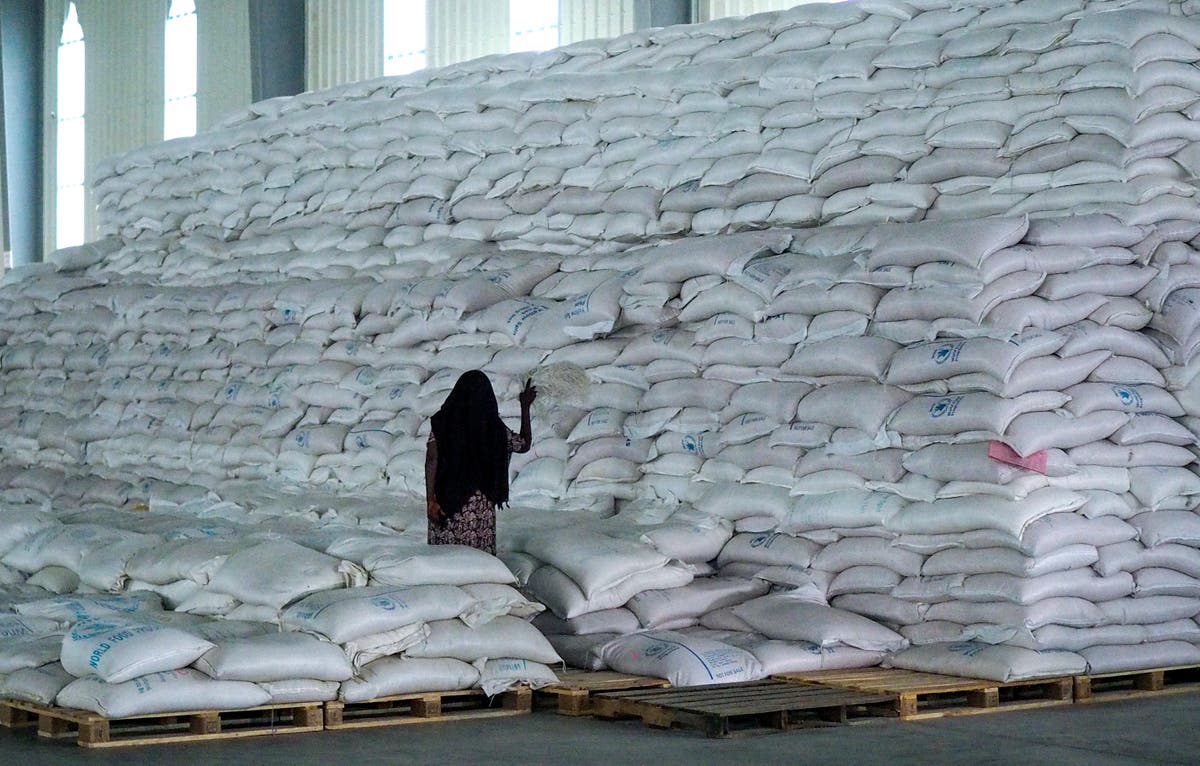
Millions urgently need food in Ethiopia's Tigray region despite the resumption of aid deliveries
The IndependentResearchers have verified 1,329 hunger deaths in Ethiopia’s Tigray region since the cease-fire there
Associated Press
Researchers verify 1,329 hunger deaths in Ethiopia’s Tigray region since cease-fire
LA TimesAbout 500 children have died from hunger in Sudan since fighting erupted in April, charity says
Associated PressUS says it’s horrified by conditions in Ethiopia after theft leads to food aid pause and deaths
Associated Press
Number of people facing acute hunger in Africa still alarming
China Daily
Number of people facing acute hunger in Africa still alarming
China Daily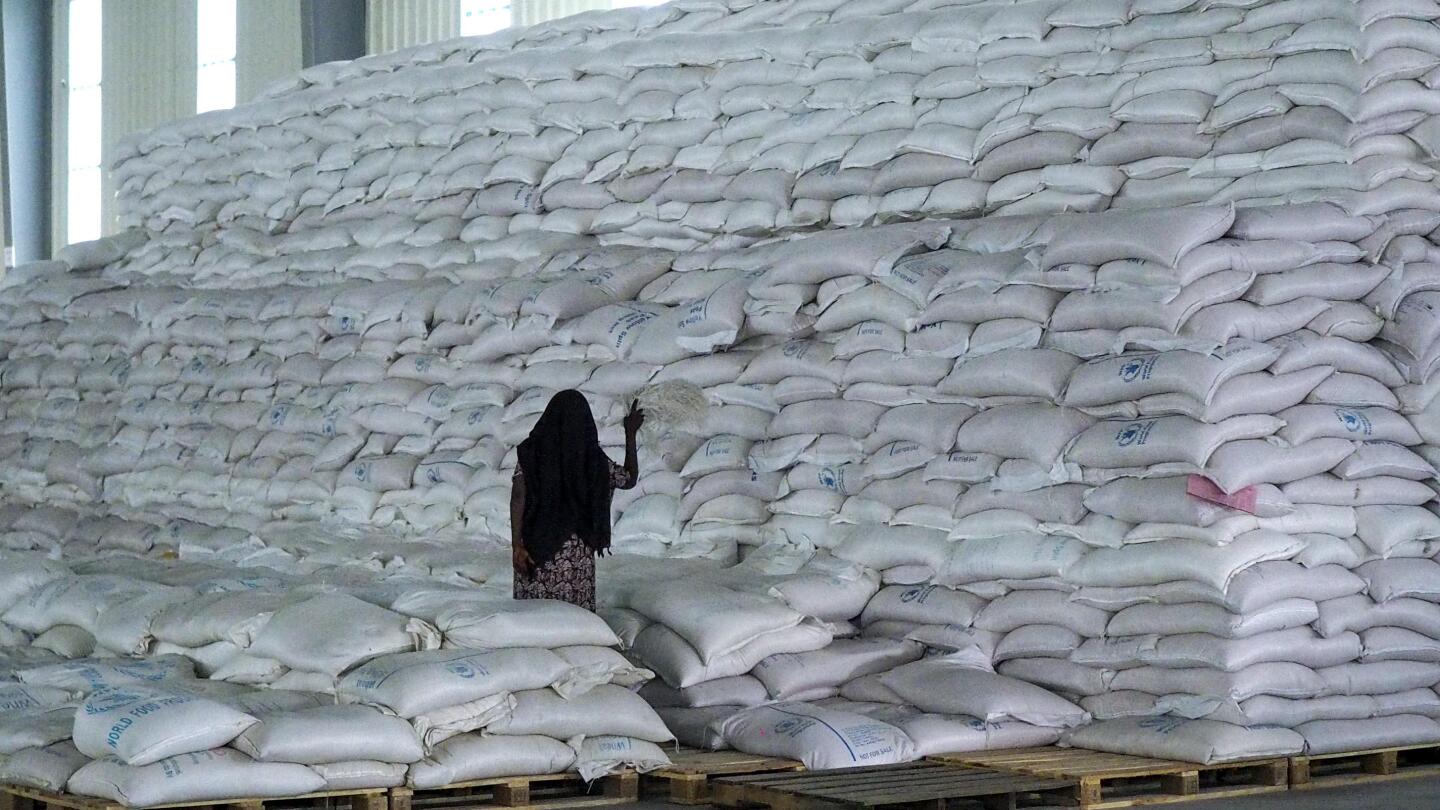
UN agency suspends food aid to Ethiopia’s Tigray amid theft
Associated Press
In southern Ethiopia, drought kills livestock and brings hunger
Al Jazeera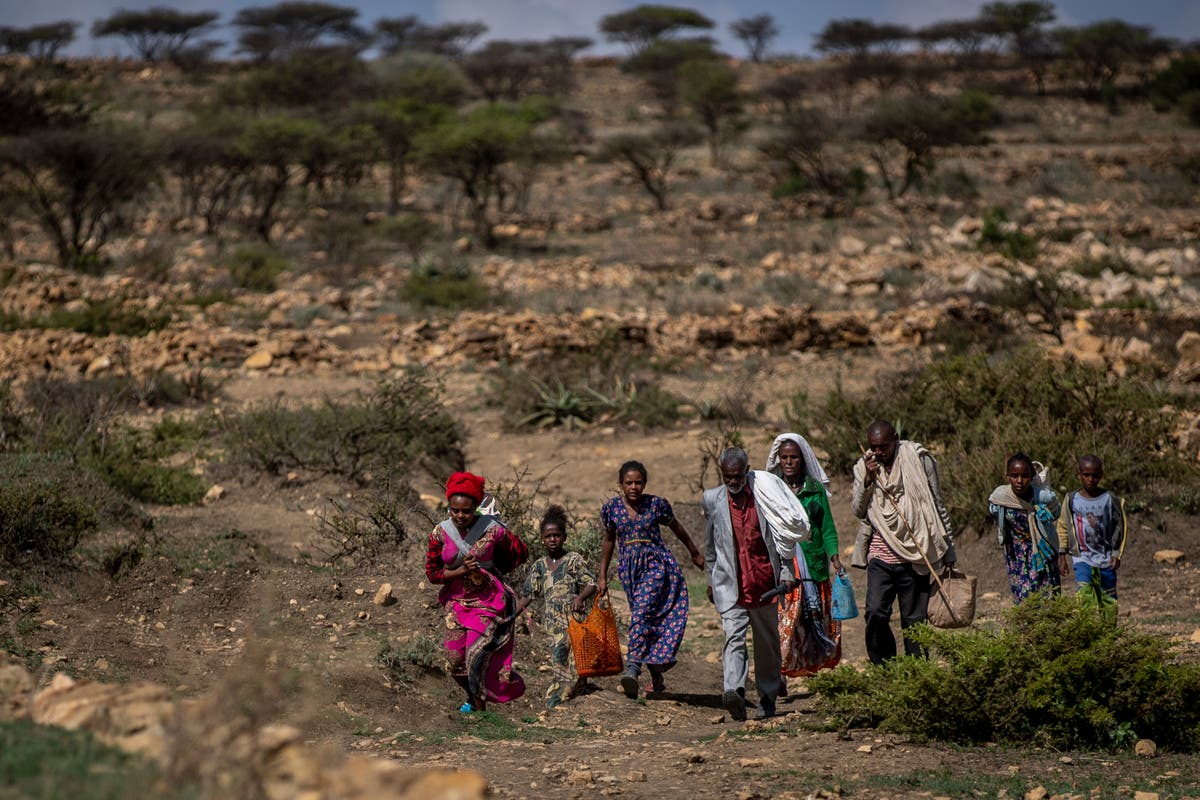
Ethiopia asserts 70% of Tigray now under military control
The Independent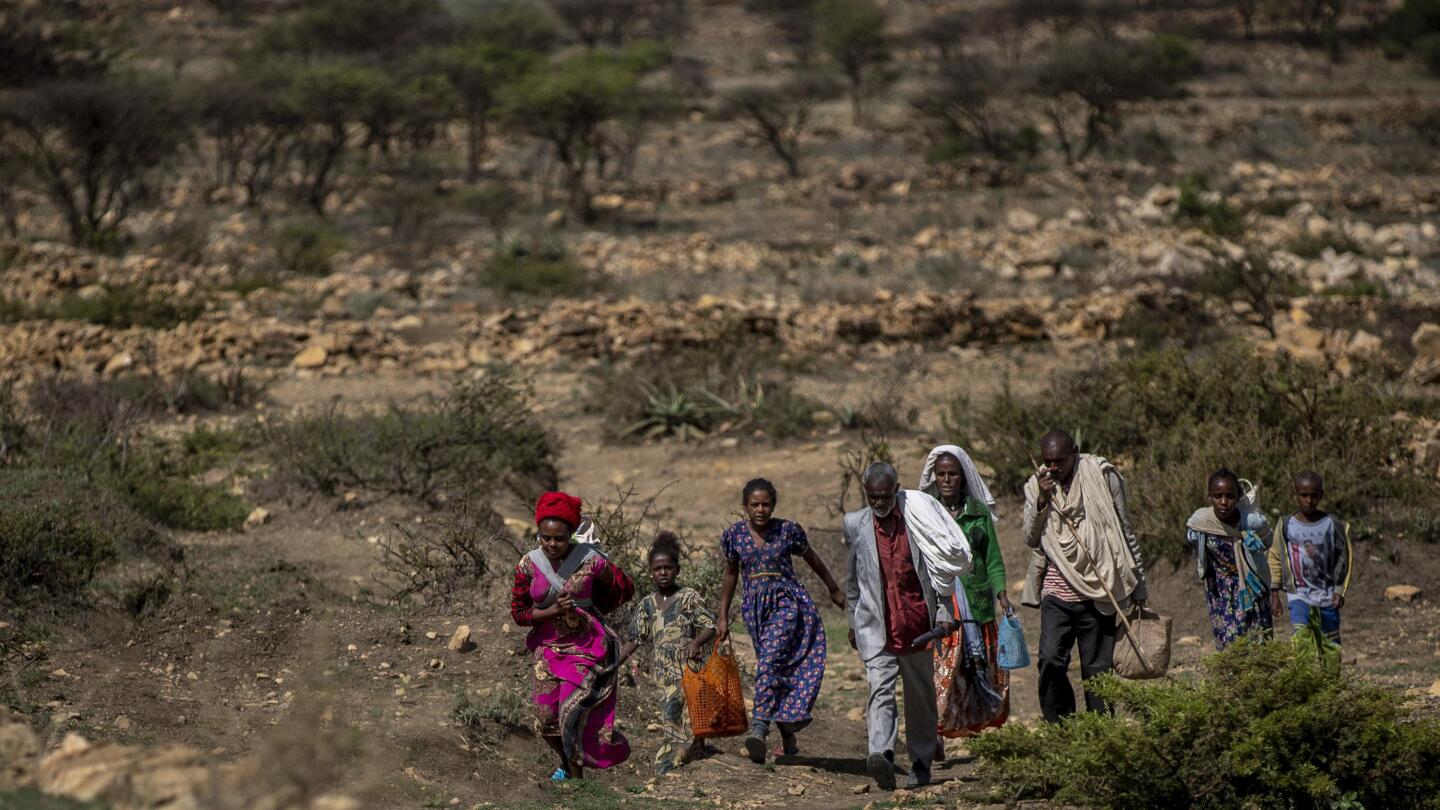
Ethiopia asserts 70% of Tigray now under military control
Associated Press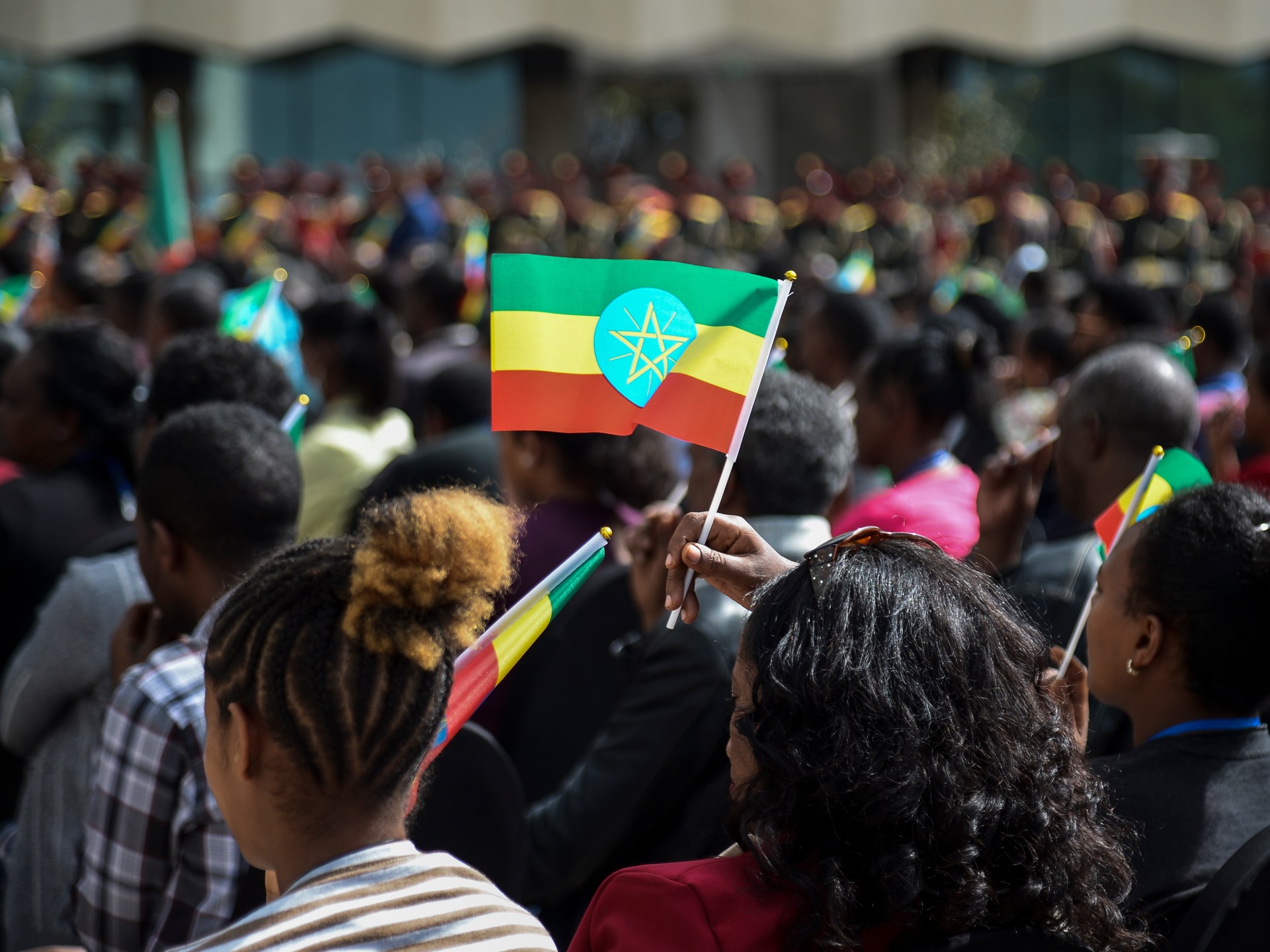
Two years of Ethiopia’s Tigray conflict: A timeline
Al Jazeera
Aid worker killed in Ethiopia’s embattled Tigray region
Associated Press
Ethiopia calls WHO chief’s comments on Tigray “unethical”
Associated Press
Lack of help for Tigray crisis is due to skin color, WHO chief suggests
LA Times
35 children die in Ethiopia’s Afar amid drought, conflict
Associated Press
Hunger grips Burkina Faso due to increasing jihadi violence
The Independent
‘We’ve finished our tears’: Tigray’s main hospital exhausts food
Al Jazeera
Ethiopia declares unilateral truce to allow aid into Tigray
Al Jazeera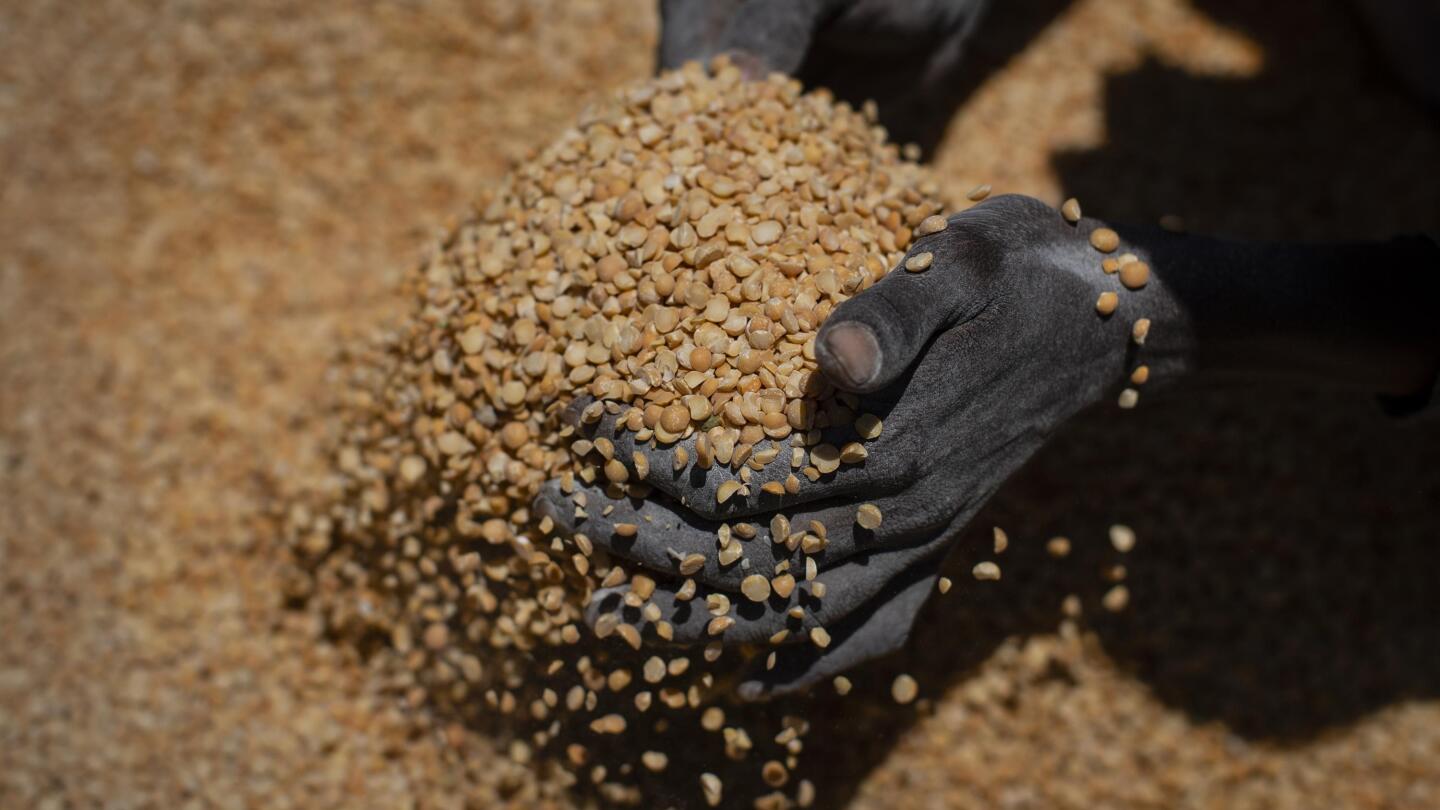
UN: ‘Extreme lack of food’ for many in Ethiopia’s Tigray
Associated Press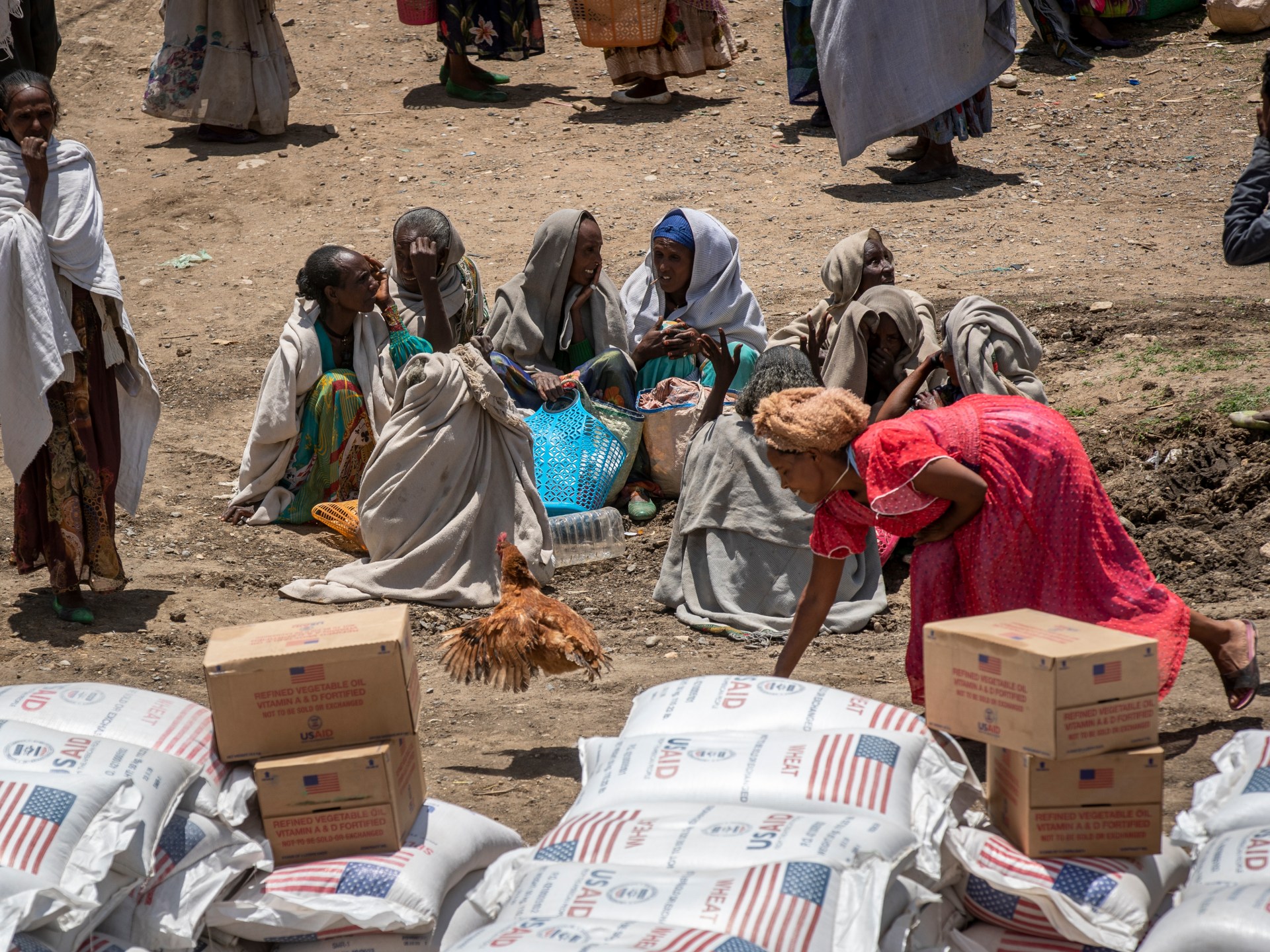
Almost 40% of Tigrayans suffer ‘extreme lack of food’, WFP warns
Al Jazeera
Many in Ethiopia’s Tigray are suffering from an ‘extreme lack of food,’ U.N. says
LA Times
UN: Food aid in Ethiopia’s Tigray now at ‘all-time lowest’
Associated Press
This will be South Sudan's hungriest year ever, experts say
The Independent
Ethiopia seeks to restrict media reporting on yearlong war
Associated Press
Tigray is starving, it is time for the UN to act
Al Jazeera
‘God have mercy': Tigray residents describe life under siege
Associated Press
UN warns of ‘unprecedented’ malnutrition in Ethiopia’s Tigray
Al Jazeera
Starvation worsens as Ethiopia blockades target Tigray region | See Pics
India Today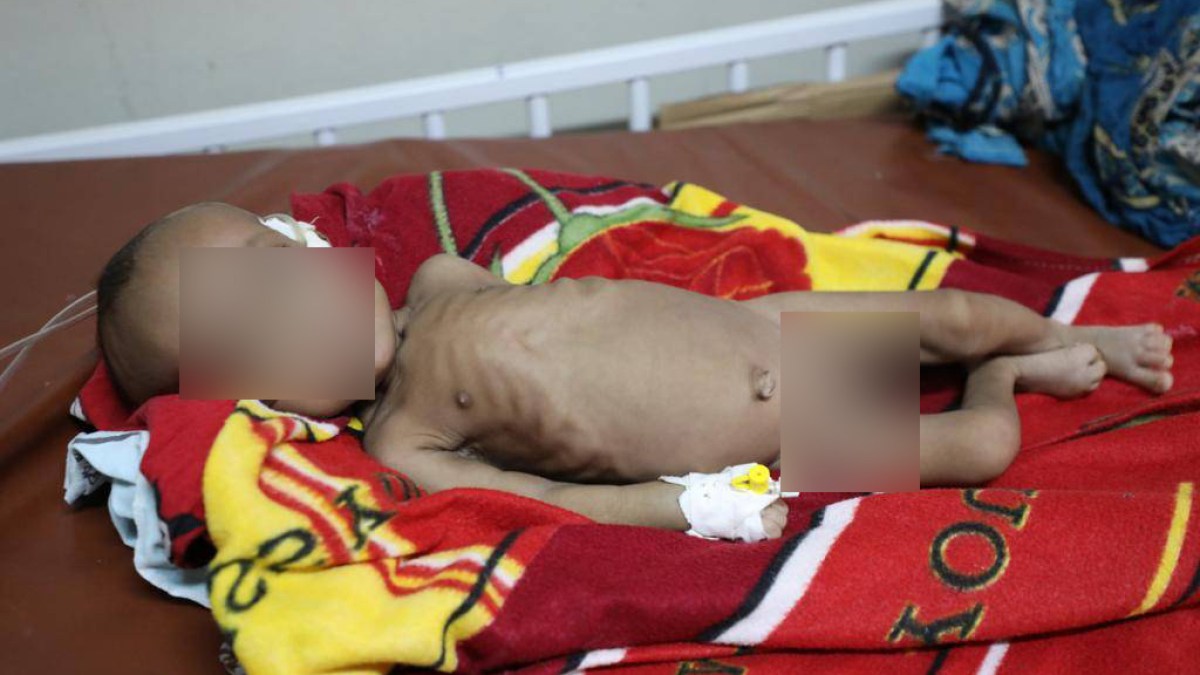
Tigray mothers share shocking accounts of dire famine conditions
Al Jazeera
‘I just cry': Dying of hunger in Ethiopia’s blockaded Tigray
Associated Press
‘I just cry': Dying of hunger in Ethiopia’s blockaded Tigray
Associated Press
Ethiopia’s Tigray crisis ‘set to worsen dramatically’: UN
Al Jazeera
Ethiopia govt summons 'all capable' citizens to fight in Tigray war
India Today
Bodies found in river between Ethiopia’s Tigray and Sudan
Associated Press
UN warns hunger is expected to rise in 23 global hotspots
The Hindu
Ethiopia: UN running out of food in Tigray region as 400,000 people face famine
CNN
Ethiopia denies blocking aid to Tigray, WFP resumes operations
Al JazeeraDiscover Related
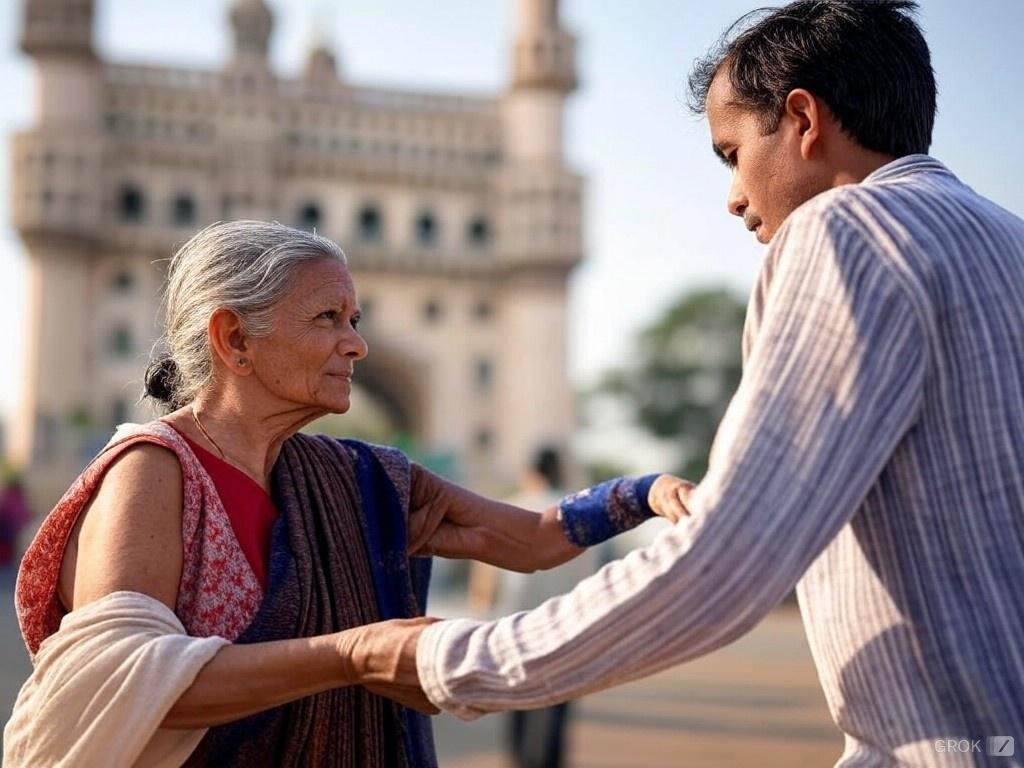

)



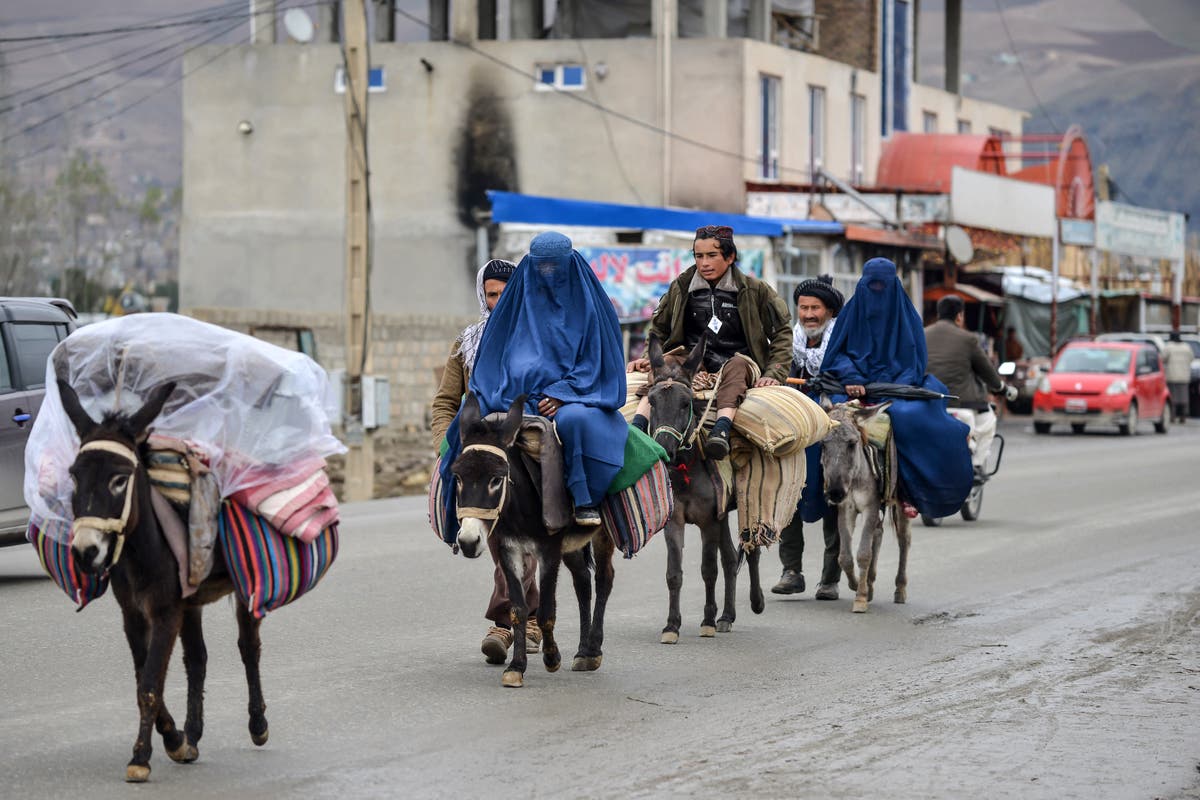
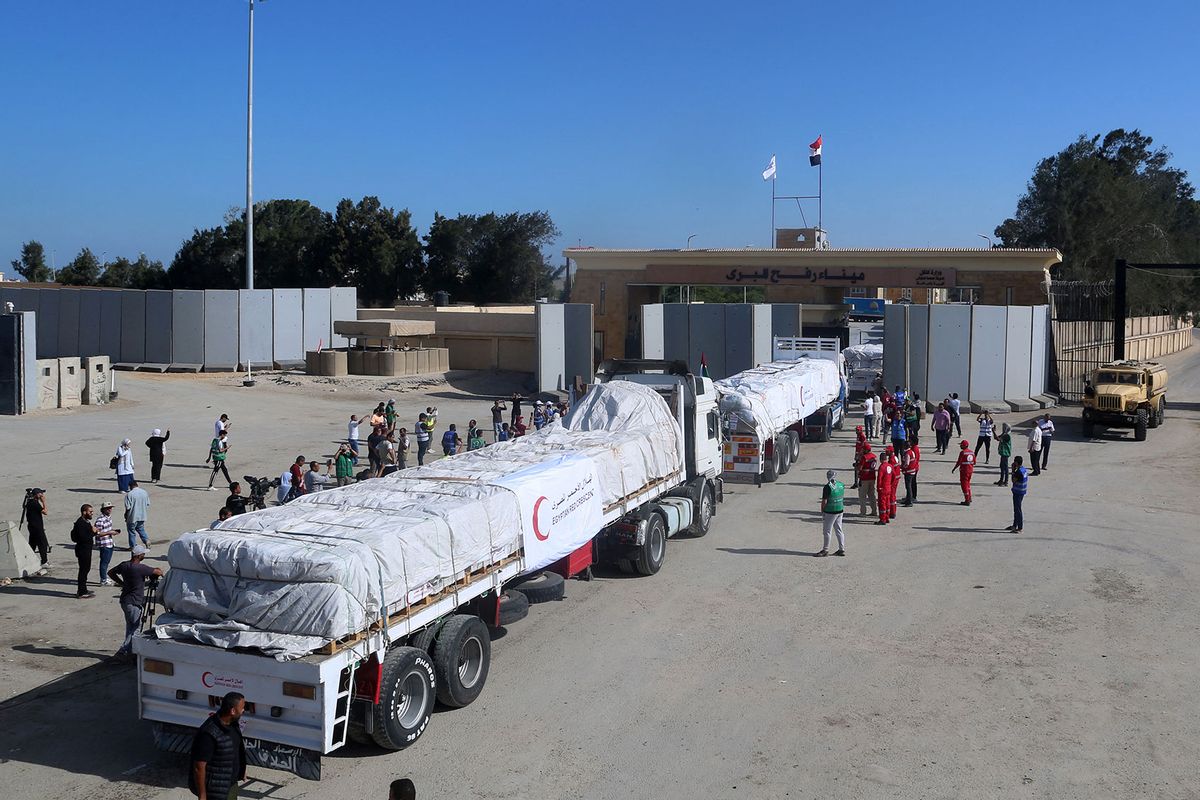


)



)


)

Famine Looms in Vulnerable Regions as Conflict and Climate Shocks Aggravate Food Insecurity
Associated Press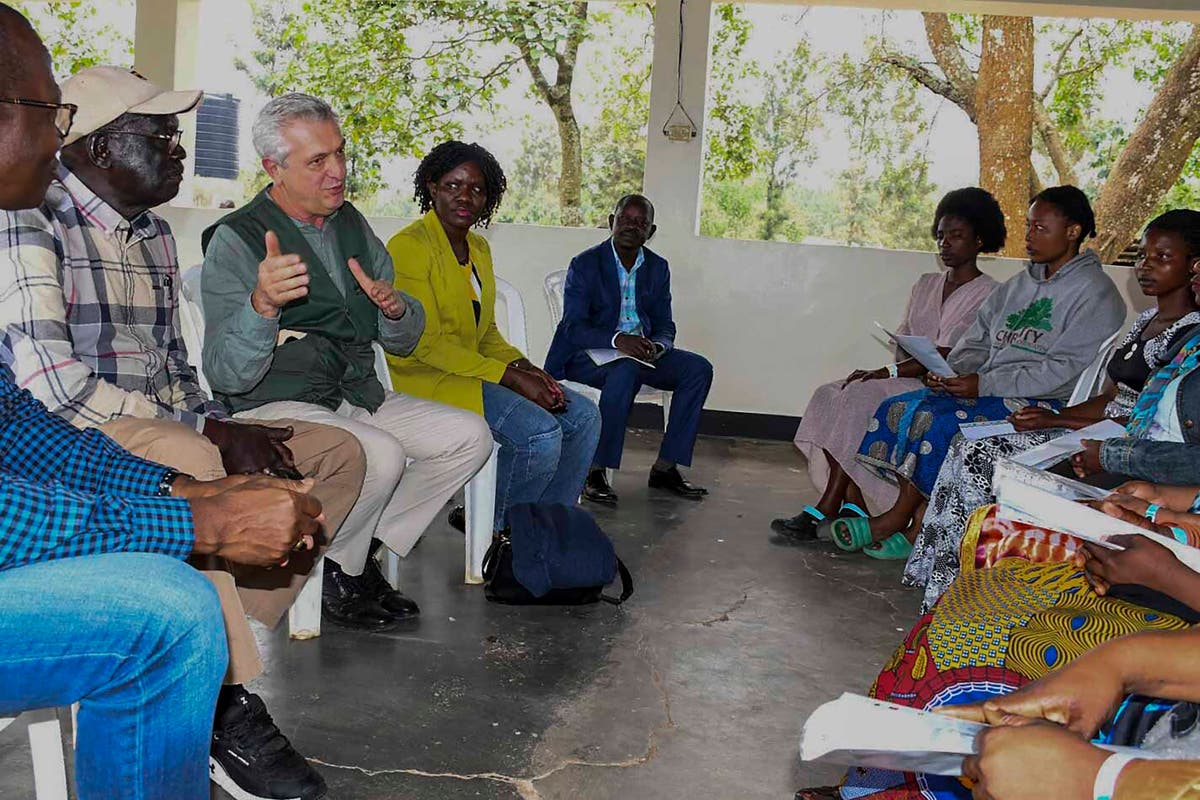



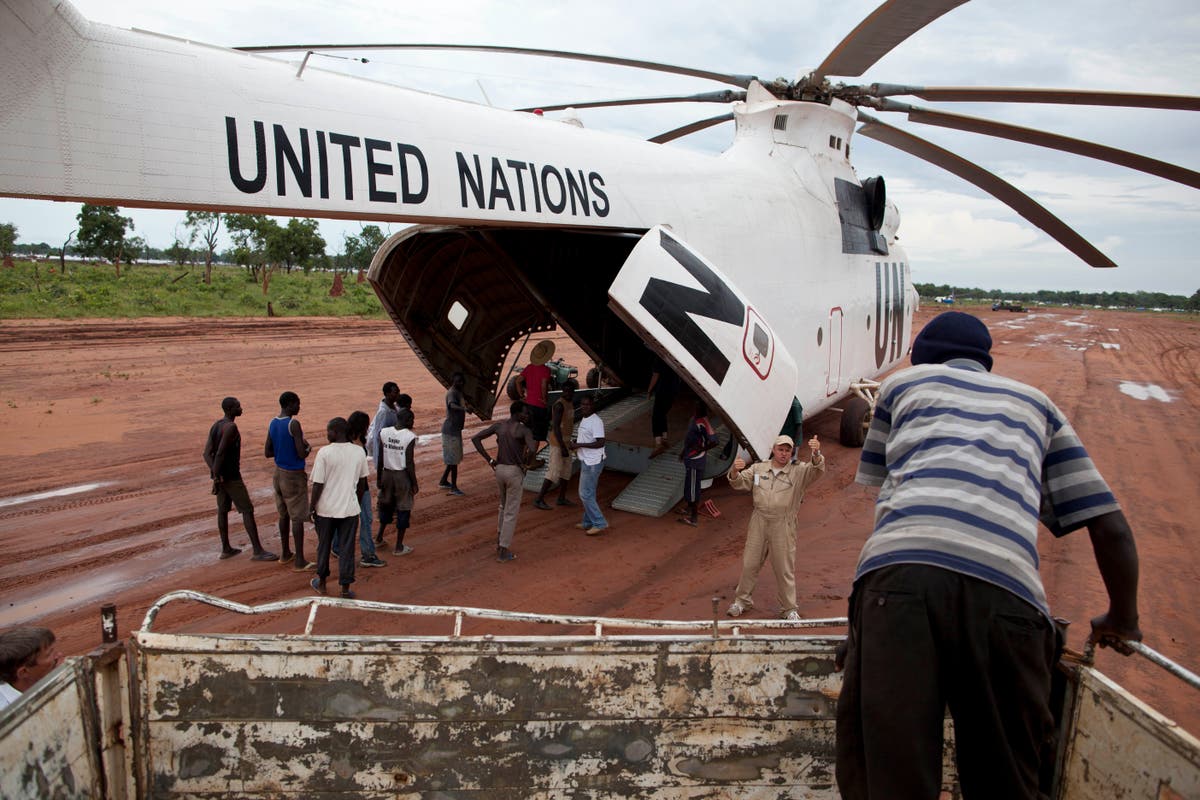
)



Famine conditions in Sudan’s North Darfur are likely to continue through October, IPC warns
Associated Press




